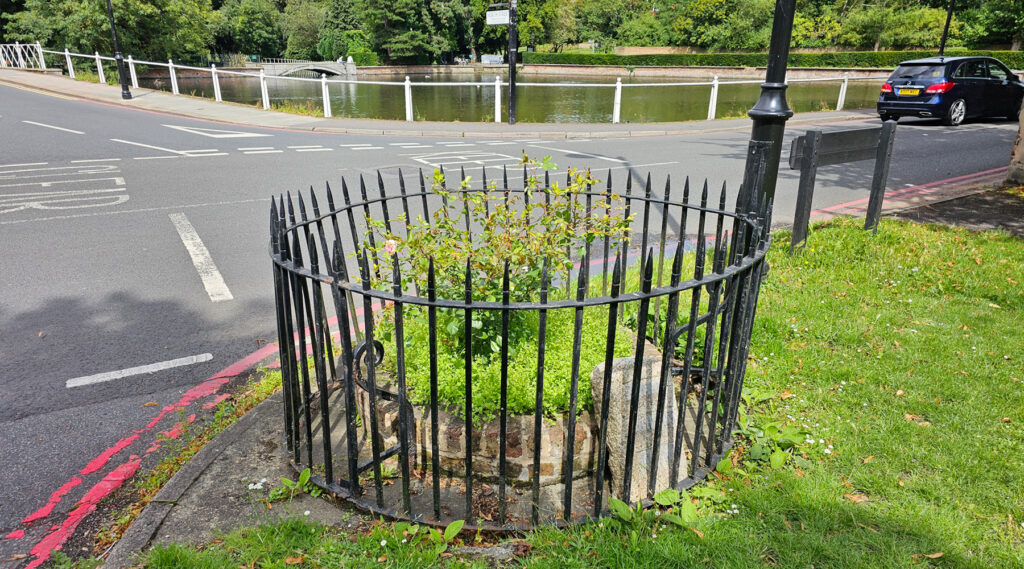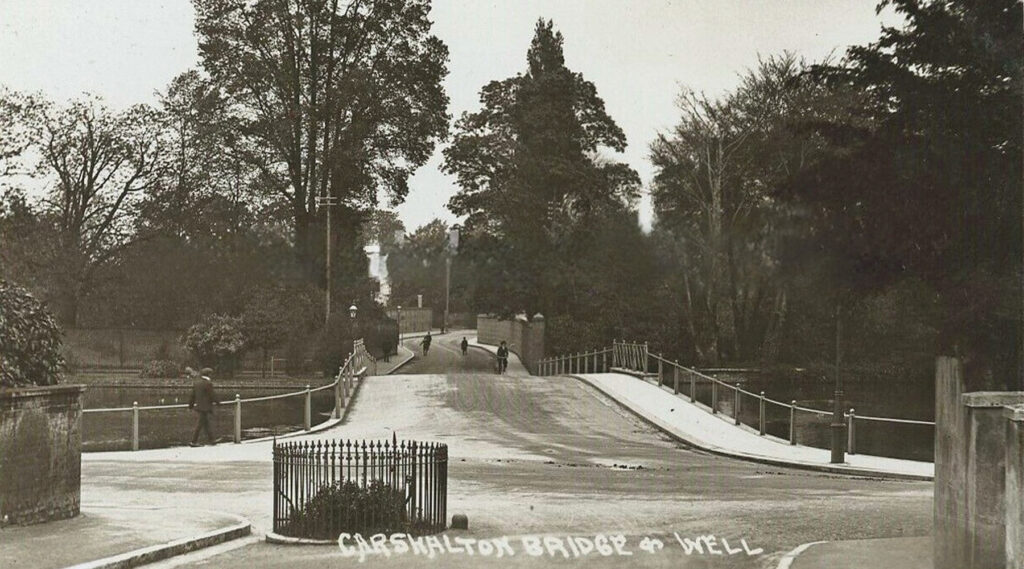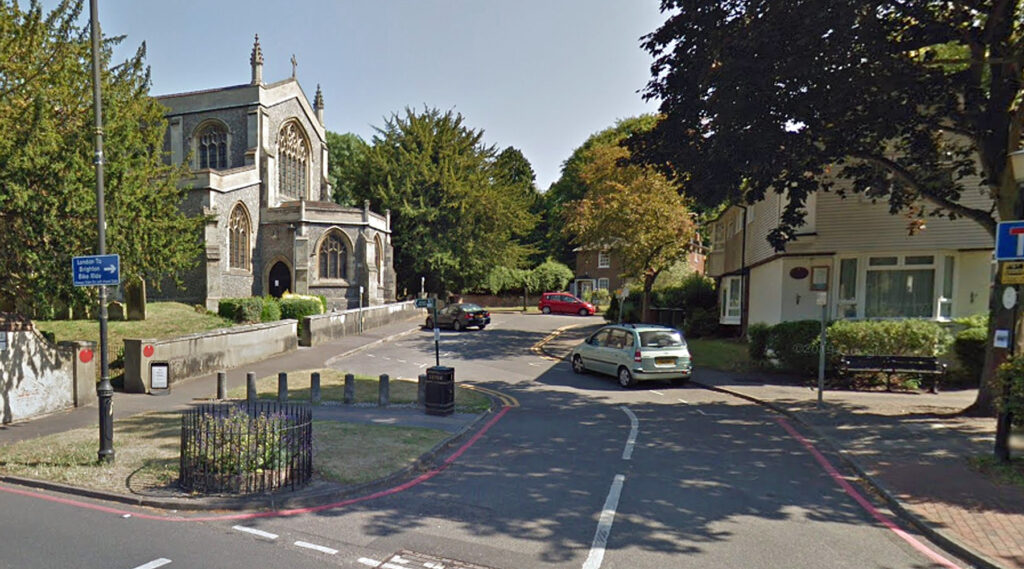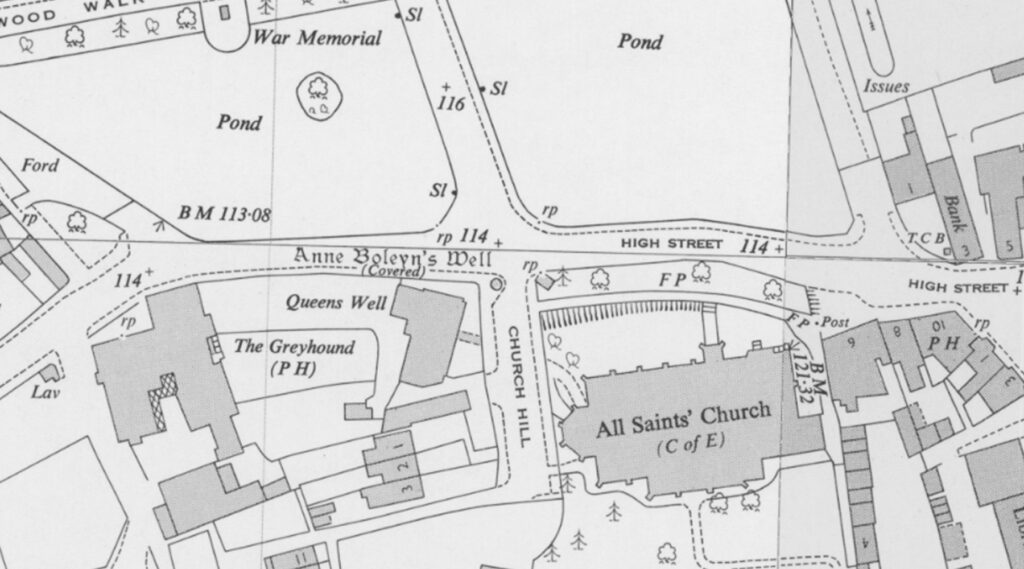Next to an old church in Carshalton town centre is an old well attributed to King Henry VIII’s second wife, Anne Boleyn.
Or is it?
There certainly is an old well, sitting next to an old church, and almost as many legends about how it came to exist as Henry VIII had wives.
The most common legend is that the King and Queen were riding from nearby Nonsuch Palace to Beddington Park, when Anne’s horse suddenly reared up, and when striking the ground, a spring of water emerged from the ground.
Setting aside the fact that the horse would have a very strong leg to strike water out of the ground — as saints had been doing that with simple wooden staves for centuries — the biggest problem with the tale is that Anne had been executed before Nonsuch Palace was built.
If the King was riding with her, then it was with a corpse. No wonder the horse reared up.
It’s not to say that the well couldn’t be named after the short-lived Queen, as she had relatives living nearby, and would likely have visited them from her home at Hever Castle in Kent. As the well is next to the village pond, where it’s likely that horses would have stopped for watering, then an association may have built up over time with the Queen.
Certainly, it’s not uncommon for monarchs to be flattered by having things named after them, if only because a happy monarch could be a generous monarch. So, the locals of Carshalton naming the well after the Queen could have been a financial investment, albeit one that never paid off.
Oh, and another legend suggests that Anne Boleyn was passing by and stopped for a drink. Finding the water from the well to be nice, she ordered it to be surrounded by a stone wall to protect it, and left a some of money to maintain it.
Judging by the state it’s in today, the money ran out a very long time ago.
However, there’s another more likely origin for the name.
Even further back in time, the Lord of the Manor was the Count of Boulogne, after Eustace II of Boulogne who came over with William the Conquerer. Later, William I of Blois was Count of Boulogne and Earl of Surrey jure uxoris, and over the centuries, Boulogne was slowly anglicized to Boleyn.
As the local lord of the manor, he would have likely provided municipal services, such as paying for a spring water well to be dug, and it would have been named after the lord.
Sometime later, the name changed from the Lord to the Lady, and we got Anne Boleyn’s Well.
Now, there’s another twist to the tale.
From its position on the pavement right next to the church, it’s easy to assume it’s associated with the church. In fact, it’s not.
The well was associated with a since-demolished cottage and possible chapel built on the other side of the road, at a time when the road layout was slightly different.
In Victorian times, the well used to be in the road itself, but at some point at the turn of the century, the pavement on the western side was widened slightly to envelop the well. That lasted until a few decades ago, when the road layout was changed, likely around the time the cottage was demolished, and it now curves around the well on the opposite side.
Which is not at all confusing.











The current cottages by the well used to have a wooden sculpture of Anne Boleyn overlooking the well from a corner nook. I think it was taken down several years ago as the artist was concerned about the condition of it and wanted to refurbish the carving. But he’s since died and it’s in a sort of limbo now with the family.
Anne Boleyn has been found and restored, now awaiting the journey back home above her red plaque. 🙂
So William I of Blois became the Earl of Surry through his wife Isabella de Warren – who was Countess of Surrey in her own right. I love that, that a woman could givve a title to her husband as well as vice versa.